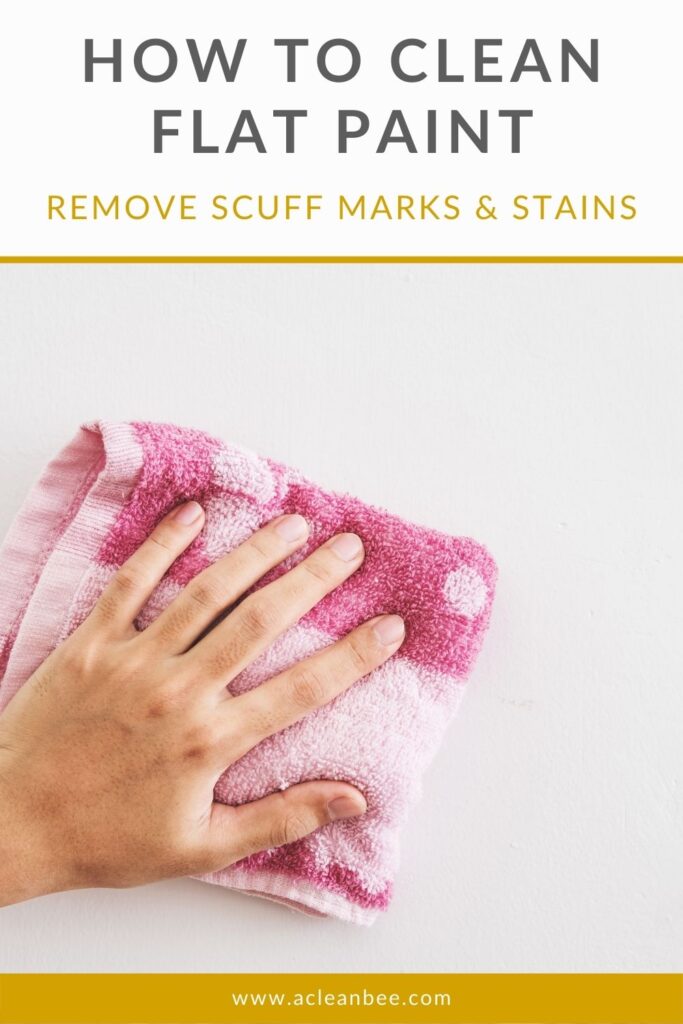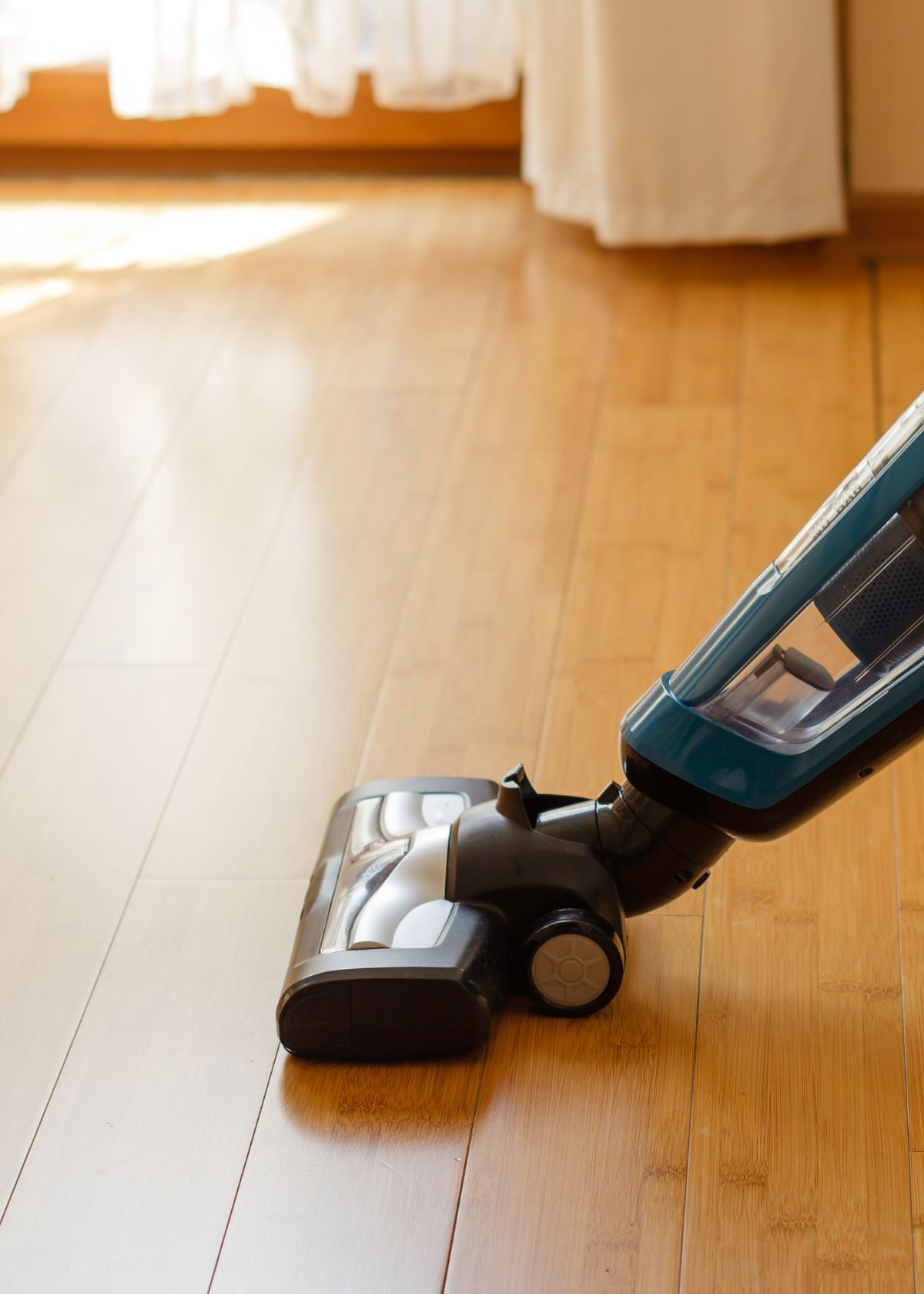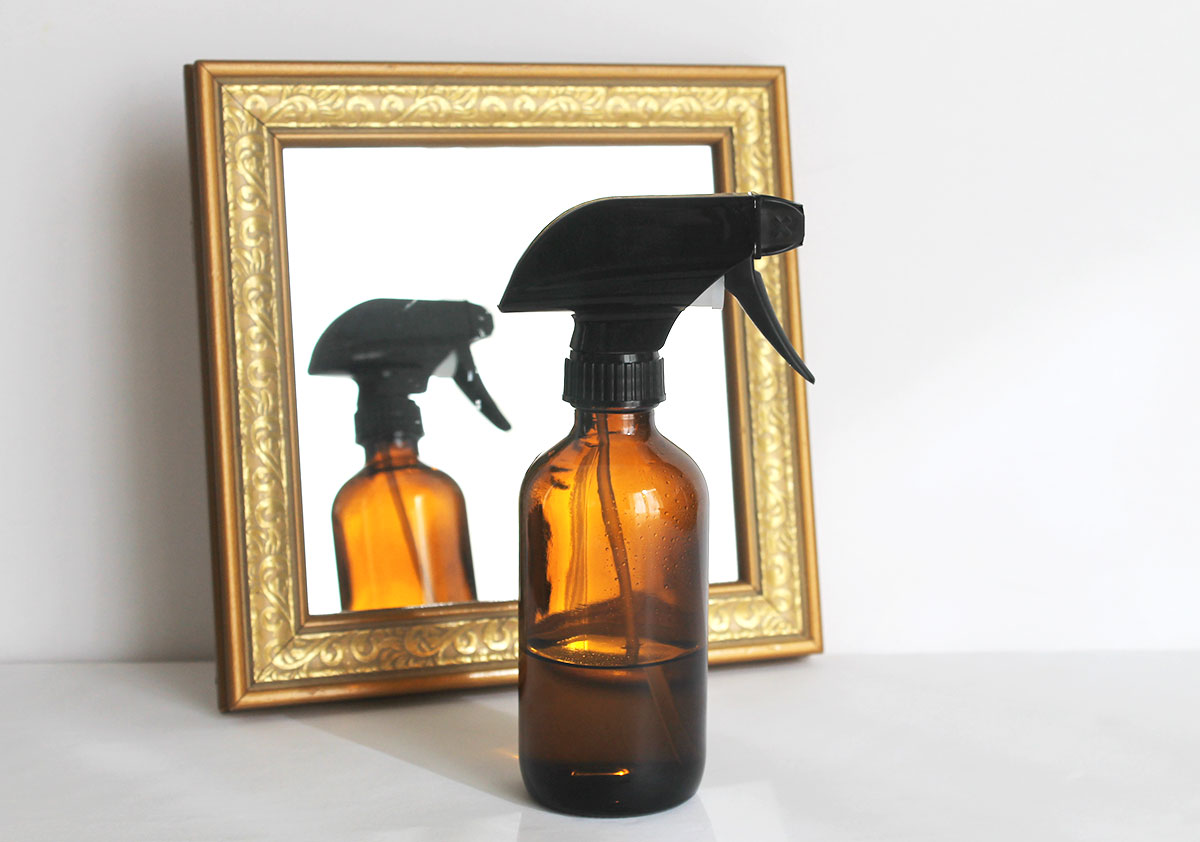How to Clean Flat Paint
You may be familiar with the expression, “watching paint dry.” While keeping a close eye on walls and ceilings in your home may not be first on your priority list, you’ll want to know the type of paint finish when the time comes to cleaning those surfaces. We will look specifically at flat paint—what makes paint ‘flat’, how to identify it, and how to clean flat-painted surfaces.
Quick Navigation
What is Flat Paint?
When you head to the paint store or aisle and choose among the sea of paint chips, you will notice several types of finishes available ranging from flat to high-gloss.
Do you want a shine to your walls? Are you painting a high traffic area? Are you looking to cover imperfections on your painting surface?
The kind of finish makes a difference in your cleaning approach. A flat finish contains more pigment than the glossier finishes.
How to Find Out If You Have Flat Paint
A great way to find out if you have flat paint is to shine light on the surface. Flat paint will absorb the light.
If the wall reflects any light, there is some kind of sheen or gloss. If there is no shine, chances are you have flat paint or minimal gloss. Flat paint is more pigmented and forgiving; it does not show the imperfections.
Tip: you’ll often find flat paint on ceilings. Apartment Therapy has a great visual that may be helpful when determining paint sheen.
Tools and Materials You’ll Need
Once you’ve figured out that your spaghetti-stained or scuff-marked wall has flat paint and needs to be cleaned STAT, you can gather a few items. You may even have some of these already on hand; they are cost-effective, multipurpose items to have in your cleaning arsenal.
- cloths/rags – (I like to use these 100% cotton paper towel alternatives)
- warm water
- mild detergent or dish soap
- vinegar
- baking soda
- touch-up paint and paintbrush
How to Clean Flat Painted Walls
Cleaning flat paint may require several steps depending on the stain. The most important thing to remember is to use a light touch so as not to dilute the pigment.
Time needed: 15 minutes
Cleaning flat paint may require several steps depending on the stain. The most important thing to remember is to use a light touch so as not to dilute the pigment.
- Determine if your surface is flat paint.
Shine a light to the surface and look for any reflection. If you have any old paint cans laying around, check the label or packaging.
- Dust the surface gently with a dry cloth
Your goal is to use a dry cloth to remove any surface-level dust or dirt clinging to your wall. Do not skip this step! Remember to apply a light touch.
- Wipe the surface with a clean, damp rag
Again, use a light touch and clean, warm water. Test in a discreet area.
- Use a cleaning solution with mild detergent or dish soap
If a damp cloth didn’t clean your wall sufficiently it’s time to try some detergent. Mix together a few drops of liquid detergent or dish soap with clean, warm water.
Submerge your cleaning cloth in the mixture then wring it out completely. Using the damp cloth, gently wipe the wall. You might have to repeat this step more than once. Again, test in a discreet, out-of-sight area first. - Try a cleaning solution with vinegar and baking soda
If you are still dealing with a mark or stain,mix together about a teaspoon of baking soda and a quarter cup of vinegar with clean, warm water.
Using the same method as the previous step, grab a cleaning cloth and try to gently rub at the mark or stain until it lifts from the wall. - If needed, touch up the paint color
It’s a good idea to have extra flat paint on reserve for touch-up jobs. Keep the paint tightly sealed in the can from the manufacturer or save and label paint jars.
- Wait for the wall to dry
Once dry, if the stains or marks persist repeat the above steps.
RELATED: How to Clean Scuff Marks off Walls
Tips for Keeping Flat Painted Walls Clean
- Aim to wipe high-traffic areas with a dry rag on a semi-regular basis (once a week or biweekly) followed by a wet rag. Use cleaning solutions as needed.
- Consider cleaning walls in a particular room as you wipe other flat surfaces.
Implement these steps in your regular cleaning routine and your flat painted walls will remain good as new…at least until the next cleaning!
Don’t miss our list of FAQs below or this video from Sherwin-Williams that walks you through a similar approach as outlined in this article: How to Clean Painted Walls
FAQs
Yes, but only as a last resort. The sponge may leave behind residue, which is most noticeable on darker colored walls. Suggestion: try testing the magic eraser in a discreet spot before using it in more obvious locations.
Heavy scrubbing is not recommended. For particularly difficult stains, it’s a good idea to have touch up paint handy.
This depends on the manufacturer. Sheldon and Sons Painting points out a subtle difference: “a matte finish can be termed as velvet finish. Matte paint usually has very low-gloss, but it has more shine than a flat paint finish…flat paint has no shine at all.”
High gloss, or satin finish—anything with a shine.
RELATED: Areas You Haven’t Been Cleaning But Should (podcast episode)








